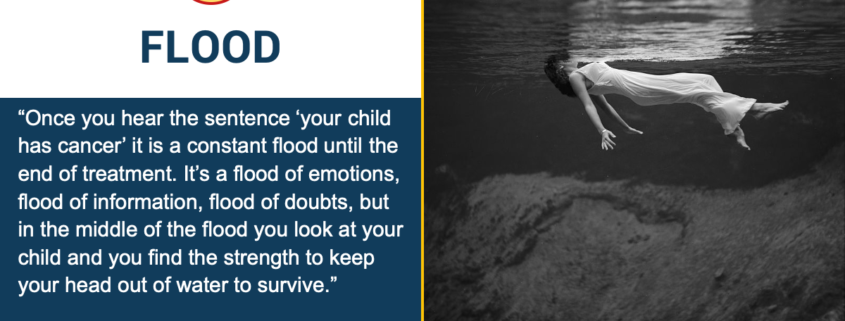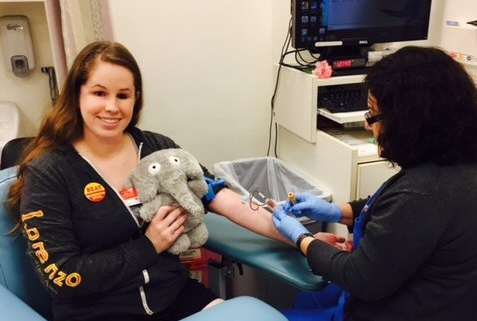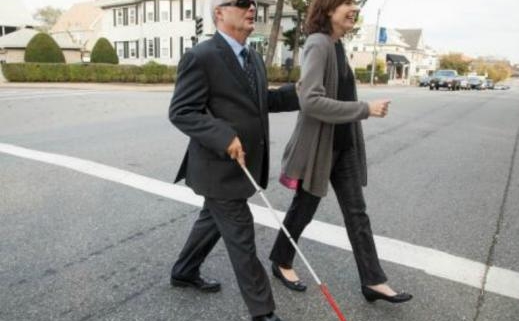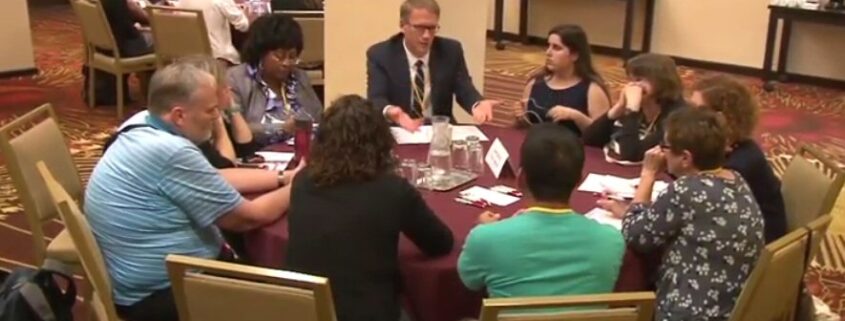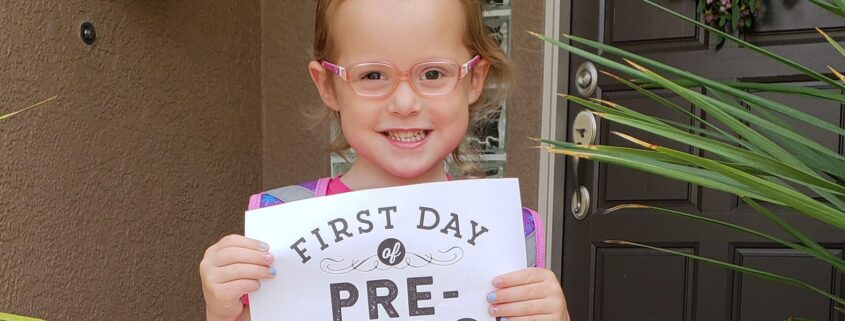Retinoblastoma Treatment and Vision – The Double-Edged Sword
When eye cancer is diagnosed early, it may be possible to save a child’s eye or even sight. But tumours and treatments themselves affect vision. Sandra Staffieri, orthoptist and Rb Care Co-ordinator at the Royal Children’s Hospital, Melbourne, reviews how different retinoblastoma therapies can impact the eye, and how parents can support their child.


